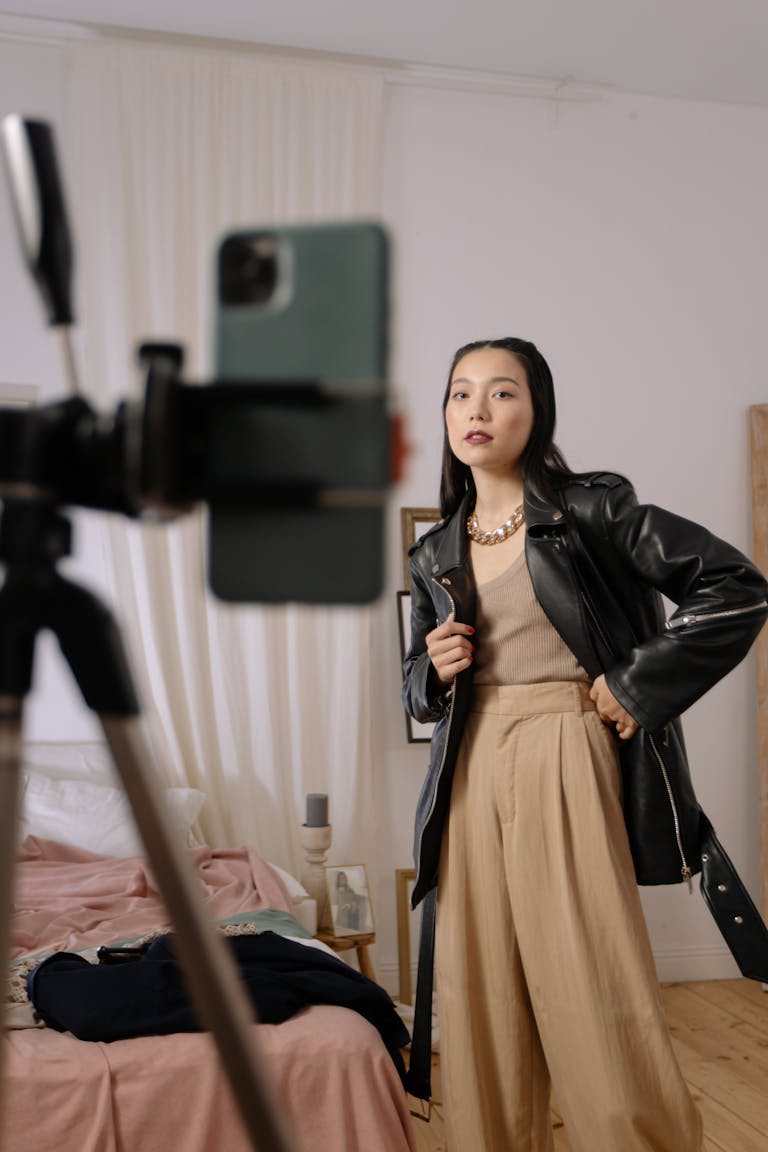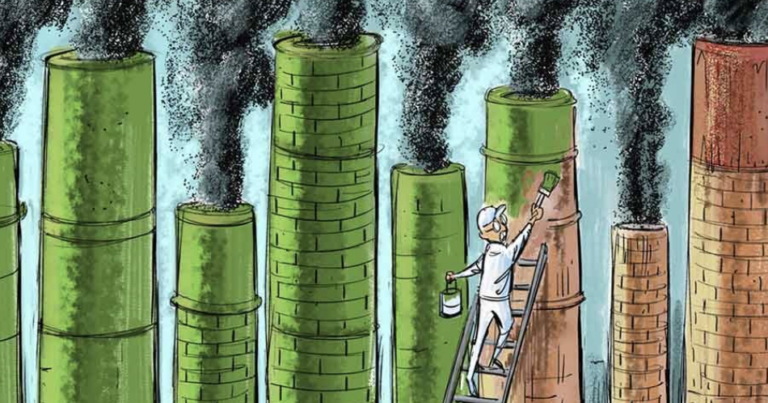The Trend Trap: How Social Media Fuels Overconsumption

Every time you open Instagram or TikTok, there’s a new “must-have” trend. One week, it’s the quiet luxury aesthetic; the next, it’s Y2K, coastal cowgirl, or some new micro-trend that suddenly makes everything in your wardrobe feel outdated. It’s exciting, fast, and fun, but behind the glossy feeds and viral hauls, there’s something much less glamorous happening: we’re buying more than ever, and we’re still not satisfied.
How Social Media Shapes Trends
Social media has completely changed how trends are born and how fast they spread. A single influencer, a 15-second video, or a hashtag can launch an entire aesthetic overnight. Algorithms are designed to keep us hooked, showing us endless videos of people unboxing, shopping, and styling “what’s in.”
And just like that, we find ourselves clicking “add to cart,” often without thinking twice. But what’s the real cost of these endless trends?
The Hidden Cost of Overconsumption

Let’s face it, most of these trends don’t last. What seemed essential last month is already being replaced by the next shiny thing. The result? Overflowing closets, fast fashion waste, and consumers left chasing a feeling that never lasts.
According to EARTHDAY Organisation, a leading authority on environmental sustainability, the fashion industry produces over 100 billion garments each year, and social media’s obsession with speed and novelty is a big part of the problem. This overconsumption isn’t just hurting the planet, it’s hurting us, too. It fuels anxiety, comparison, and the pressure to constantly buy to “keep up.”
Why the Trend Cycle Keeps Getting Shorter
The trend cycle used to last years. Now, it barely lasts weeks. Social media thrives on what’s new, creating a culture of instant gratification and FOMO (fear of missing out). Fast fashion brands are faster than ever, dropping collections every few days to feed the scroll.
And let’s not forget greenwashing when brands slap on words like “eco-friendly” while encouraging you to buy more. The message is clear: shop endlessly, but feel good about it.
How to Escape the Trend Trap
If you’re tired of buying things you don’t really need or worse, don’t even really like, here’s how to take back control:
→ Unfollow accounts that make you want to shop all the time.
Curate your feed like you curate your wardrobe.
→ Define your personal style.
Trends will come and go, but knowing what makes you feel good never goes out of fashion.
→ Pause before you purchase.
Ask yourself: Do I actually want this, or do I just want to feel trendy?
→ Educate yourself about greenwashing.
A sustainable label doesn’t always mean ethical production.
→ Choose quality over quantity.
A timeless piece that lasts is always better than five trendy ones that won’t survive the next season.
The truth is, trends aren’t inherently bad. Fashion should be fun, expressive, and creative. But when trends become a trap, designed to make us consume without thinking, it’s time to pause.
Are you buying because you love it — or because an algorithm told you to?
If you want to share your thoughts, feel free to Contact Us
2 responses to “The Trend Trap: How Social Media Fuels Overconsumption”
-
even the influencers constantly promoting these trends don’t actually buy most of the stuff they showcase it’s all gifted by brands. Yet somehow, it makes overconsumption look normal or even necessary. No wonder so many people feel like they’re always behind
-
Exactly, thanks for the insight!
-








even the influencers constantly promoting these trends don’t actually buy most of the stuff they showcase it’s all gifted by brands. Yet somehow, it makes overconsumption look normal or even necessary. No wonder so many people feel like they’re always behind
Exactly, thanks for the insight!